Advancements in Well Control Simulators
Oil and gas are in high-risk environments where even a slight mistake in well control can result in catastrophic blowouts, destruction to the environment, and even human injuries. As exploration progresses to deeper, more complex formations and unconventional reservoirs, the requirement for advanced training and real-time preparation becomes more important. In response, well control simulators, which are a critical instrument for training personnel and testing the effectiveness of operational responses undergone significant advancements in recent years. These improvements could enhance the quality of training, decision-making, and operational safety for well control procedures.
The Role of Well Control Simulators
| Role | Description | Example Use Cases |
| Safety Training | It provides a safe, realistic setting to practice emergency response. | Training shut-in procedures for gas kicks when drilling offshore. |
| Skill Development | Enhances operational proficiency and technical experience through hands-on training. | New drillers are taught about the choke and monitoring of pressure. |
| Team Coordination | Improves teamwork through the simulation of multiple roles in situations of crisis. | A coordinated response in the event of a blowout, which includes the driller, supervisor, and mud engineer. |
| Regulatory Compliance | Ensures compliance with the requirements of certification and training. | Completing the IWCF/IADC well control certification modules by using approved simulators. |
| Operational Preparedness | Teams are prepared for specific challenges at the site through a customized set of scenarios. | Controlling simulated wells in high-pressure HPHT (high-pressure, extremely high temperature) wells. |
| Performance Evaluation | Monitors timing and decision-making to determine competence. | Reviewing actions recorded to increase the speed of response and ensure adherence to the protocol. |
| Scenario Customization | It allows simulation of various types of wells, rigs and drilling conditions. | Training on extended-reach or deviated drilling with custom-designed scenarios. |
| Risk Reduction | Limits human error by providing repetition of practice and reinforcement. | Simulating the build-up of pressure in the casing and the correct response to stop the escalation. |
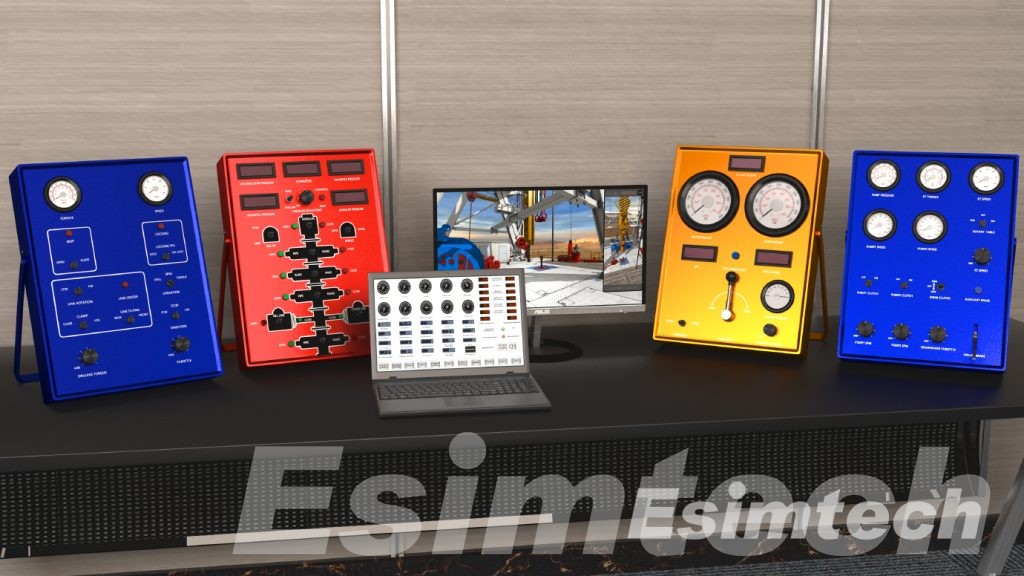
Key Innovations in Well Control Simulators
In the last few years, innovations in well control simulation technology have dramatically improved their realism, function, and efficiency.
1. Advanced Real-Time Physics Modeling
One of the most important developments is the incorporation of real-time physics-based simulation engines. These systems simulate how fluids behave in high-pressure environments, the influx of gas, changes in hydrostatics, and kick scenarios with astonishing accuracy. The enhanced flow and pressure modeling lets trainees see the way that small mistakes in procedure could turn into major problems. They also allow for many different types of wells, ranging from vertical to complicated extended-reach wells, allowing for extremely realistic and specialized training.
2. Immersive Virtual Reality (VR) and Augmented Reality (AR)
Contemporary well control simulators have adopted VR and AR technology to improve the training experience. Through VR headsets, students are immersed in fully interactive 3D environments that resemble the rig’s floors, choke panels, as well as drill control rooms. This type of immersion improves the memory of muscles and helps manage stress in high-pressure environments. AR On the other side, overlays digital guidance and diagnostics onto physical parts that can help improve the understanding of procedures and hardware in the training session that is hybrid.
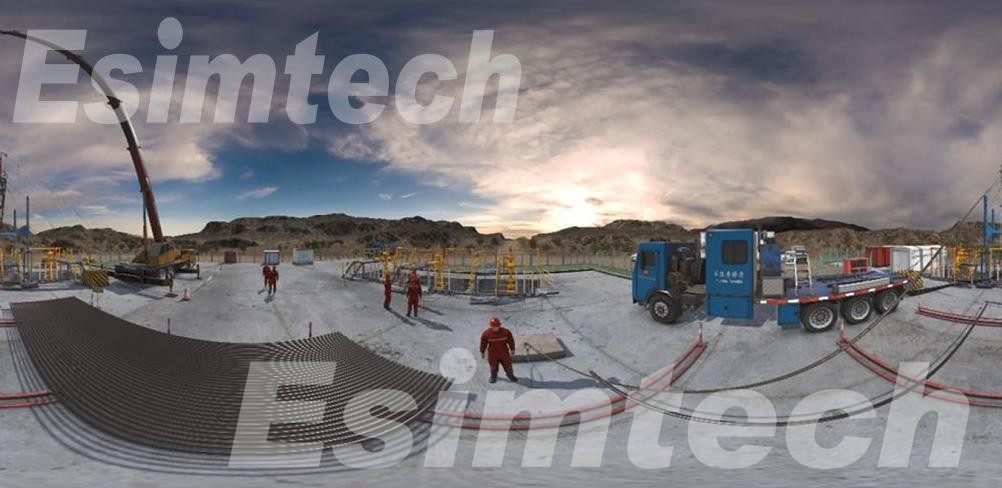
3. AI-Driven Adaptive Training
Artificial Intelligence (AI) has developed adaptive learning paths for simulators. By analysing a student’s response time, their decision-making process, and accuracy in procedural execution, AI can alter the difficulty and contents of simulations in real time. This method of personalization ensures that students have more time to work on the areas they struggle with in order to improve their overall performance faster than static learning modules. Furthermore, AI can generate unexpected failures or malfunctions in equipment that simulate real-world uncertainty and increase problem-solving capabilities.
4. Cloud-Connected Simulators and Remote Training
The advent in cloud-based simulations has transformed accessibility. Training centers now can deploy simulation experiences on the internet, which allows remote or off-site employees to take part in high-quality training without having to travel. Cloud platforms also permit central tracking, collection of data, and performance reviews. This allows for continuous learning, even for teams that are geographically dispersed, as well as reducing the cost of training and interruptions.
5. Digital Twin Integration
Digital twin technology bridges the gap between simulation and reality. By constructing a real-time representation of the actual well or rig, training sessions are able to be able to reflect the current operating conditions. Teams can train on methods of controlling wells, which are adapted to the particular conditions, pressures, and issues of their current well site. This improves job resiliency and helps with detailed pre-job preparation, especially in difficult or high-risk drilling conditions.
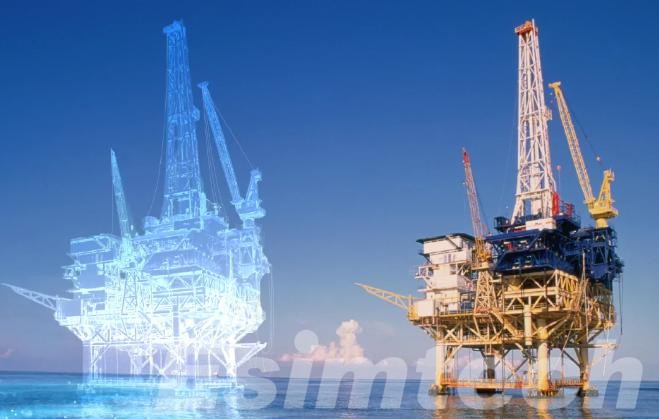
6. Multi-User Collaboration and Team Training
Modern simulators are made to facilitate more than individual learning. They are now able to support multi-user environments where whole teams — engineers, drillers, and safety officers can work in the same environment. This improves communication among teams as well as coordination in stressful situations and awareness of the situation. Simulators also simulate different control roles, allowing for collaboration in decision-making that is based on the real-world operations of rigs.
7. Integrated Performance Analytics
The most recent simulators have an integrated analytics dashboard that tracks various performance indicators, including the time it takes to react, the steps in a procedure response to system actions, as well as communication effectiveness. These analytics offer valuable feedback for both trainees and instructors, which allows for instant correction, structured debriefing, and long-term tracking of skill development. Companies can utilize this information to assess competency levels and satisfy the requirements for certification from regulators like IWCF and IADC.

Benefits of Advanced Well Control Simulators
| Benefit Area | Description |
| Enhanced Realism | Simulates real-world pressure behaviors as well as fluid dynamics and kick scenarios to provide authentic training. |
| Improved Safety Awareness | Safely practice high-risk operations such as blowout prevention and kick control. |
| Skill Proficiency | Develops confidence and proficiency in the well-control procedures through the repetition of learning through hands-on experience. |
| Team Coordination | Facilitates multi-role training, which improves the team’s communication and collaboration. |
| Regulatory Compliance | Accepts the certification requirements of IWCF, IADC, and other regulatory bodies. |
| Remote Accessibility | Cloud-based systems allow training access at any time and help in cutting the cost of training and logistics. |
| Performance Tracking | Analytics and feedback that are based on data to help improve and monitor the performance of trainees. |
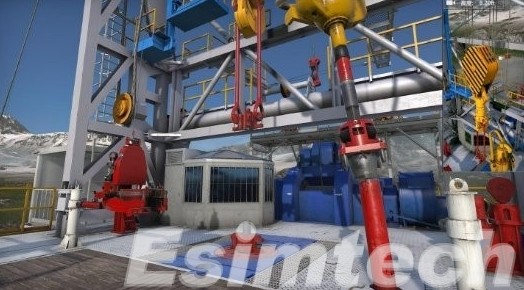
Future Outlook for Well Control Simulators
Looking ahead, the developments in the field of well control simulators will be driven by the demand for greater realism, smarter training systems, and greater accessibility.
- Integration of Artificial Intelligence for Predictive Learning
Artificial Intelligence (AI) continues to alter the learning landscape through enabling an adaptive and predictive learning environment. Future well control simulators will not just react to input from users but also anticipate the behavior of the trainee and provide immediate corrective guidance and even simulate complicated failure scenarios that require the ability to solve problems. AI will also assist in personalizing training paths, ensuring that every student receives the best training based on their individual experience.
- Hyper-Realistic Virtual and Mixed Reality Training
VR (VR) as well as mixed reality (MR) technologies are expected to rise to new levels of immersion. Modern VR devices that provide full sensory feedback — such as motion platforms and haptic controls — will enable students to actually interact physically with choke panels, kill lines, and drill floors. Mixed reality will bring together the digital and physical worlds, creating mixed-media training environments that let users interact with both virtual and real tools at the same time, increasing realism without the need for complete hardware setups.
- Digital Twin Expansion for Live Scenario Training
Digital twin integration is expected to become an industry standard. By connecting simulators with live data from wells that are operating, training programs will replicate real-time conditions. This allows drilling teams to practice specific actions or procedures before their execution. In high-risk and high-cost environments, this proactive method will aid in reducing errors and operational disruptions while increasing the level of preparedness of the crew.

- Enhanced Team Simulation and Crisis Management
Well control isn’t an isolated task; it requires the precise coordination of teams. Future simulators will feature more dynamic scenarios for multiple users, which involve whole rig teams ranging from drillers and supervisors to safety officials and engineers. The Crisis Management modules simulate situations of high pressure, such as breakdowns in communication, equipment failures, or sudden gas flow influxes. The goal is to help teams develop technical expertise and soft skills like leadership and communication.
- Integration with Broader Digital Oilfield Systems
Well control simulators are anticipated to become more fully integrated into the digital oilfield systems, including the rig automation platforms and predictive maintenance tools as well as data analytics tools. The integration will allow simulators to replicate the actual operational patterns and incorporate lessons learned from previous incidents. This will also result in feedback loops in which insights gained from the field are used to continuously help improve training programs.
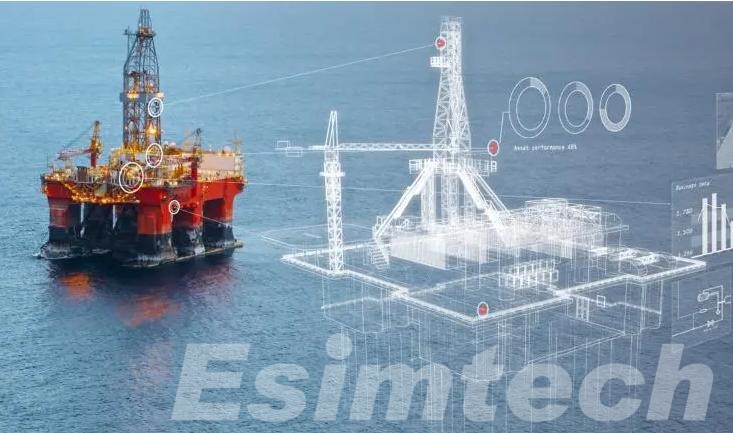
Summary
Advancements in well control simulators are transforming how the oil and gas industry approaches safety, training, and operational readiness. Through the use of immersive technologies, real-time physics, remote access, and adaptive learning, the oil and gas simulators are now indispensable tools to develop an efficient and confident workforce. As simulation technology continues to advance, it will play a more important role in minimizing risk and ensuring well integrity throughout every phase of drilling and production operations.
